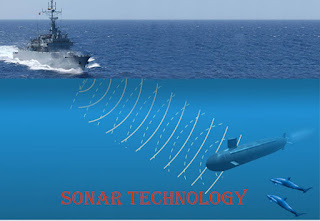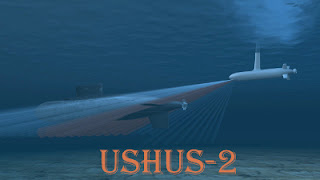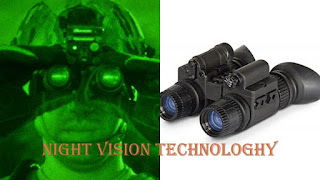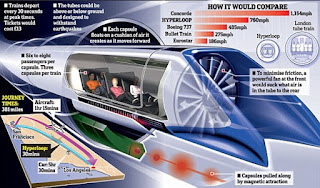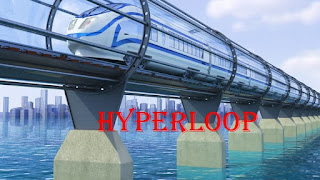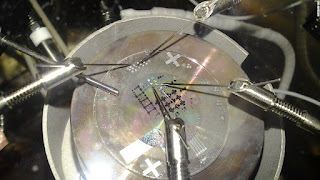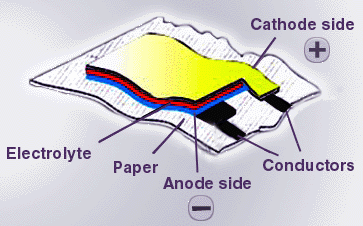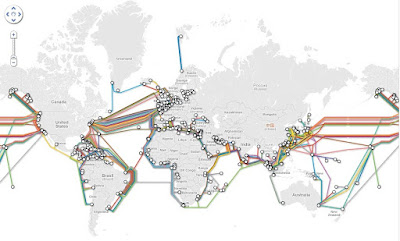Blinking of two LED at a time programming by ARDUINO

// program for two LEDs on at a time and two LEDs off at same time //BY-ALOK KUMAR PANDEY //.................................................................................// int led1=13, led2=12, led3=11,led4 = 10; void setup() { pinMode(led1, OUTPUT); // here pin 13(i.e. led1) set as output pin pinMode(led2, OUTPUT); // here pin 12(i.e. led2) set as output pin pinMode(led3, OUTPUT); // here pin 11(i.e. led3) set as output pin pinMode(led4, OUTPUT); // here pin 10(i.e. led4) set as output pin } void loop() { digitalWrite(led1, HIGH); digitalWrite(led2, HIGH); digitalWrite(led3, LOW); digitalWrite(led4, LOW); delay(1000); digitalWrite(led1, LOW); digitalWrite(led2, LOW); digitalWrite(led3, HIGH); digitalWrite(led4, HIGH); delay(1000); }



